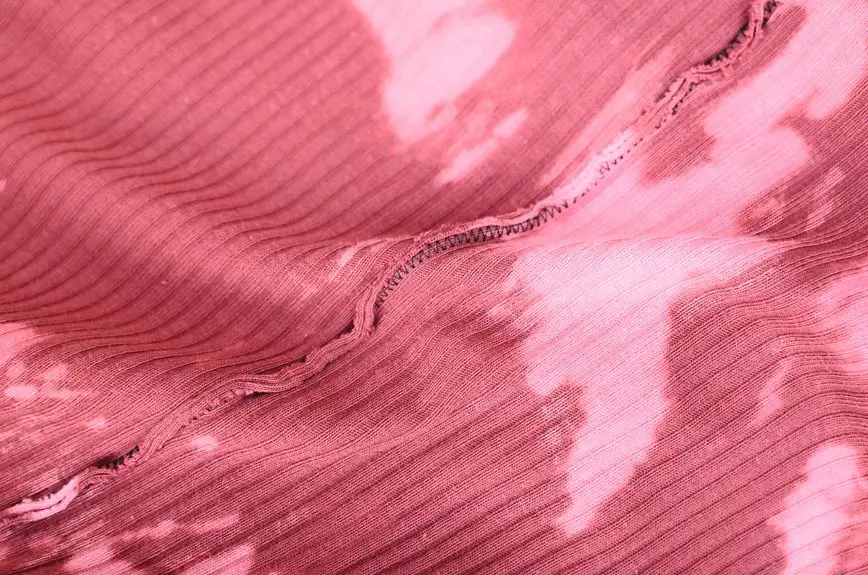You might be surprised to learn that wool has natural stain-resistant properties. Its unique structure and protective oils help repel liquids, giving you a chance to clean up spills before they set in. This makes wool an excellent choice for busy spaces. But how does it compare to synthetic fibers? Understanding these qualities can help you make an informed decision for your home or workspace.
Key Takeaways
- Wool has a natural protective layer of lanolin and oils that repels liquid spills, enhancing its stain resistance.
- The overlapping scale structure of wool fibers effectively prevents liquids and dirt from penetrating.
- Wool’s moisture-wicking properties help maintain a clean appearance by resisting stains and odors.
- Regular maintenance, such as vacuuming and prompt spill response, enhances wool’s natural stain-resistant qualities.
- Unlike synthetic fibers, wool offers a luxurious feel and natural warmth while resisting stains.
Natural Protective Layer of Wool
Wool’s natural protective layer acts like a shield against stains. This layer, composed of lanolin and other natural oils, helps repel liquid spills, making it harder for them to seep into the fibers.
When you wear wool, you’ll notice that minor spills bead up on the surface, giving you time to clean them up before they set in. This unique property means you can enjoy your favorite wool garments without constantly worrying about accidental stains.
Plus, the breathable nature of wool allows it to resist odor, adding to its practicality. So, whether you’re out enjoying a meal or tackling everyday life, wool’s protective qualities keep your clothing looking fresh and clean.
You’ll appreciate the durability it offers in various situations.
The Complex Structure of Wool Fibers
The intricate structure of wool fibers contributes greatly to their stain-resistant properties. These fibers consist of a unique combination of scales, which create a natural barrier against spills and dirt. This structure allows wool to repel moisture, making it harder for stains to set in.
| Feature | Description | Benefit |
|---|---|---|
| Scales | Overlapping layers on each fiber | Helps repel liquids and dirt |
| Crimp | Natural wave in fibers | Adds bulk and elasticity |
| Core Structure | Keratin-rich, resilient core | Provides durability and strength |
Benefits of Stain Resistance in Wool Carpets
Stain resistance in wool carpets offers significant advantages for homeowners. With their natural ability to repel spills and dirt, you’ll spend less time worrying about accidental messes. This quality makes wool carpets ideal for high-traffic areas, as they maintain their appearance longer, saving you money on replacements.
When you choose wool, you also benefit from its durability; the fibers bounce back from compression, ensuring your carpet looks fresh even after years of use.
Plus, the natural stain resistance reduces the need for harsh chemical cleaners, making your home healthier for your family and pets.
Wool vs. Synthetic Fibers: A Comparison
While many homeowners consider both wool and synthetic fibers for their carpets, understanding the differences can help you make an informed choice.
Wool is a natural fiber, offering superior breathability and a luxurious feel underfoot. Its ability to wick moisture away helps resist stains and odors.
Wool provides exceptional breathability and comfort, with natural moisture-wicking properties that help repel stains and odors.
On the other hand, synthetic fibers, like nylon and polyester, are often more durable and stain-resistant due to their engineered properties. They typically cost less and are available in a wider range of colors and styles.
However, synthetic options may lack wool’s natural warmth and comfort.
Ultimately, your choice depends on your lifestyle, budget, and preferences for durability versus comfort. Weigh these factors carefully to find the right fit for your home.
Maintenance Tips for Enhancing Stain Resistance
To keep your wool carpets looking fresh and stain-resistant, regular maintenance is essential.
Vacuum your carpets weekly to remove dirt and dust that can wear down fibers. If spills happen, tackle them immediately—blot, don’t rub, to prevent stains from setting in. Use a wool-safe cleaner when necessary, and always test it on a small area first.
Additionally, consider applying a wool protector spray to enhance stain resistance. Regularly rotating your rugs can also help them wear evenly and maintain their appearance.
Finally, schedule professional cleanings every 12 to 18 months to deep clean and rejuvenate your carpets. Following these tips will help preserve the beauty and durability of your wool carpets for years to come.
Frequently Asked Questions
How Does Wool Compare to Cotton in Stain Resistance?
When comparing wool and cotton, you’ll notice wool’s natural properties help it resist stains better. Cotton absorbs liquids quickly, making it more prone to staining, while wool’s structure can repel some spills effectively.
Can Wool Carpets Be Used in Kitchens?
You can use wool carpets in kitchens, but be cautious. They can absorb spills, making them harder to clean. Consider using rugs instead, which you can easily remove and wash without damaging the underlying flooring.
What Colors of Wool Are Most Stain-Resistant?
When choosing colors, consider camel, charcoal, or cream; they cleverly camouflage common spills. Sturdy shades often show fewer stains, so you’ll enjoy a cleaner, classier look in your space. Bright hues, however, might not be as forgiving.
Do Wool Carpets Require Special Cleaning Equipment?
Wool carpets don’t necessarily require special cleaning equipment, but using a vacuum with a gentle brush and a mild detergent can help maintain their appearance. You’ll want to avoid harsh chemicals to protect the fibers.
Are There Any Specific Stains Wool Cannot Resist?
Oh sure, wool’s a superhero, but even it can’t dodge every stain. Red wine and grease? They’ll laugh as they settle in. You’ll need to act fast or risk a woolly disaster!

